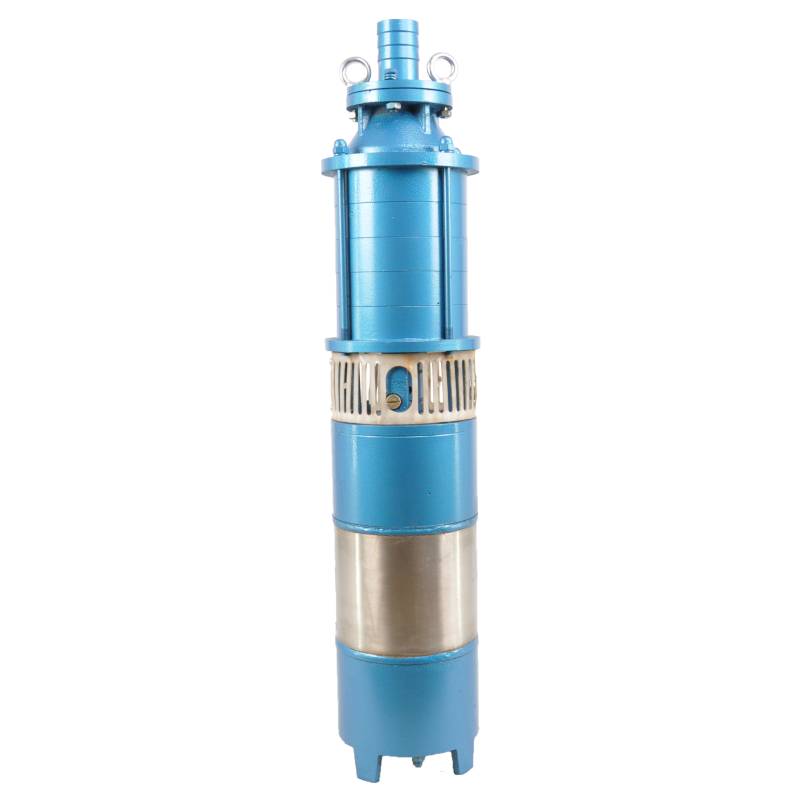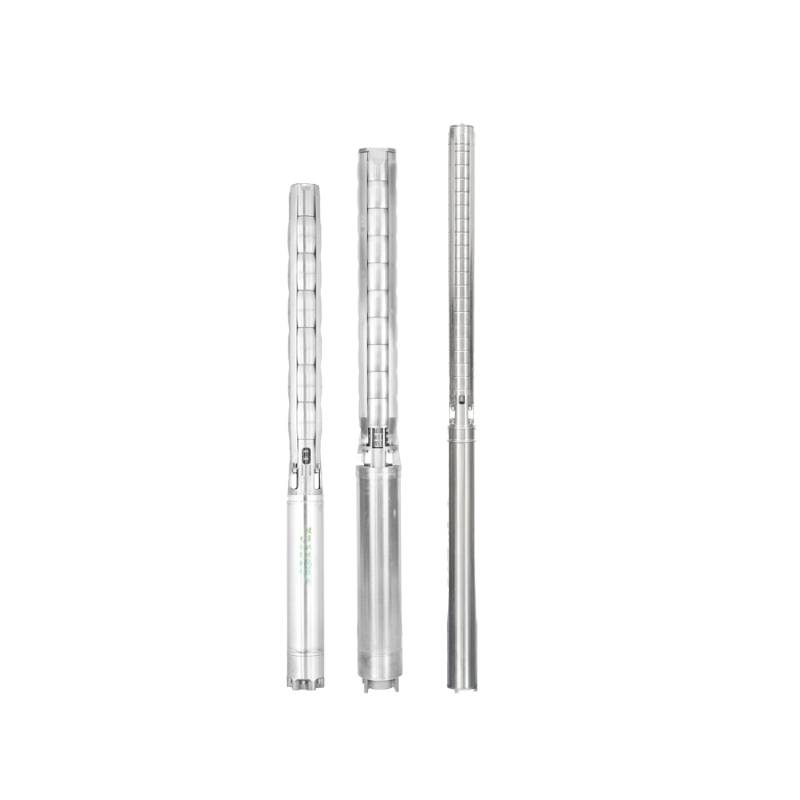Okt . 18, 2024 11:31 Back to list
Submersible Pump Issues and Solutions for Efficient Operation and Maintenance
Troubleshooting Submersible Pumps A Comprehensive Guide
Submersible pumps are essential for various applications, including agriculture, groundwater extraction, and sewage management. However, like any mechanical device, they can encounter issues that require troubleshooting. Understanding common problems and their solutions can help maintain optimal performance and extend the pump's lifespan.
1. Pump Won't Start
One of the most common issues is the submersible pump failing to start. This problem can be attributed to several factors
- Power Supply Issues First, check the power source. Ensure that the circuit breaker is not tripped, and that voltage is present at the outlet. - Control Switch Malfunction Inspect the control box for any faults. A malfunctioning float switch can prevent the pump from activating. - Wiring Problems Look for damaged or loose wires that could interrupt the power flow to the pump.
2. Pump Runs but Doesn't Discharge Water
If the pump operates but does not discharge water, consider these potential causes
- Clogged Impeller Debris can clog the impeller, obstructing water flow. Remove the pump and clean the impeller to restore function. - Suction Line Blockage Inspect the suction line for any blockages or kinks that could impede water intake. - Air Lock An air lock in the pump or discharge line can prevent water from moving. To resolve this, turn off the pump, open the discharge line, and then restart the pump to release trapped air.
submersible pump troubleshooting

3. Submersible Pump Overheating
Overheating can lead to severe damage if not addressed promptly
- Run Dry Condition Ensure the pump is always submerged in water. Running a pump dry can result in overheating. - Insufficient Cooling Check the cooling system and ensure it is functioning correctly for larger pumps that require external cooling. - Debris Build-Up Remove any blockages that may hinder water flow and cooling.
4. Unusual Noises or Vibrations
Unusual sounds can signal underlying issues
- Cavitation If you hear a rattling noise, cavitation may be occurring due to low suction pressure. Address this by adjusting the pump's depth or ensuring correct installation. - Worn Bearings Grinding noises can indicate worn bearings, requiring replacement to prevent further damage.
Conclusion
Regular maintenance and timely troubleshooting can ensure your submersible pump operates efficiently. Always refer to the manufacturer's manual for specific guidelines related to your pump model. By staying proactive and addressing issues promptly, you can extend the functionality and reliability of your submersible pump.
-
submersible-sump-pump-auto-drainage-for-crawlspaces
NewsAug.22,2025
-
solar-powered-stainless-steel-submersible-well-pump-setup
NewsAug.22,2025
-
stainless-steel-well-pump-flow-rate-optimization
NewsAug.22,2025
-
water-filled-submersible-pump-fish-farm-oxygenation
NewsAug.22,2025
-
submersible-pump-in-aquaculture-and-fish-farming
NewsAug.22,2025
-
deep-well-submersible-pump-for-drought-areas
NewsAug.22,2025
-
 submersible-sump-pump-auto-drainage-for-crawlspacesCrawlspaces, those narrow areas beneath homes, are prone to water accumulation due to leaks, groundwDetail
submersible-sump-pump-auto-drainage-for-crawlspacesCrawlspaces, those narrow areas beneath homes, are prone to water accumulation due to leaks, groundwDetail -
 solar-powered-stainless-steel-submersible-well-pump-setupHarnessing solar energy to power stainless steel submersible well pumps is a sustainable and coDetail
solar-powered-stainless-steel-submersible-well-pump-setupHarnessing solar energy to power stainless steel submersible well pumps is a sustainable and coDetail -
 stainless-steel-well-pump-flow-rate-optimizationIn various applications like agriculture, domestic water supply, and industrial use, the flow rate oDetail
stainless-steel-well-pump-flow-rate-optimizationIn various applications like agriculture, domestic water supply, and industrial use, the flow rate oDetail
